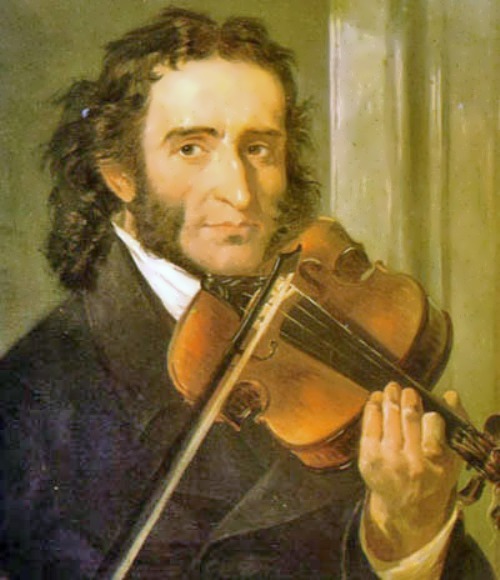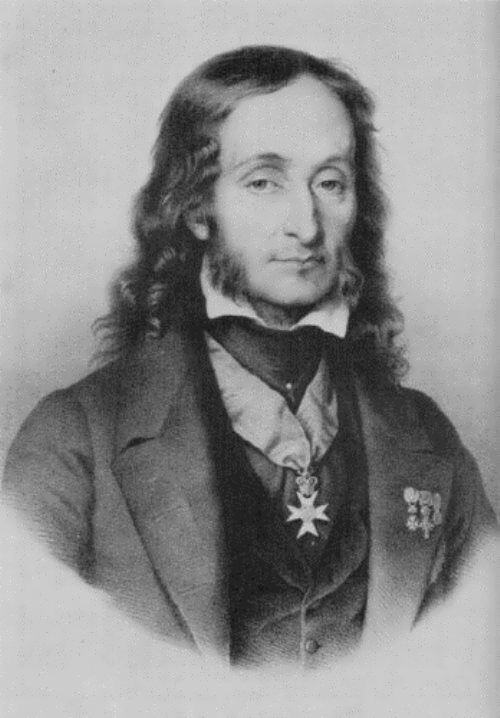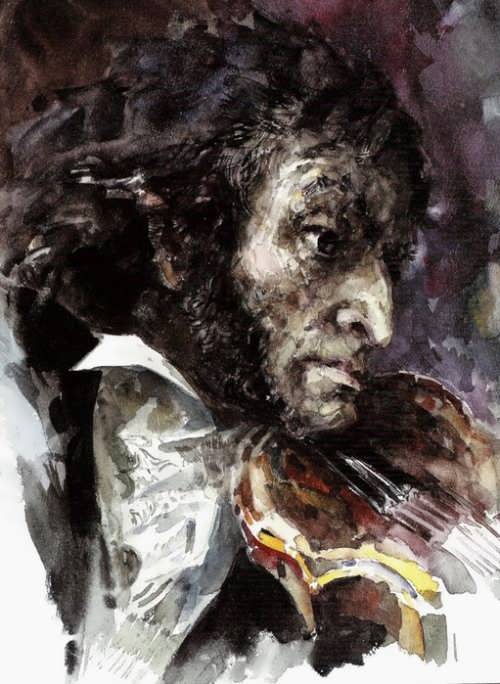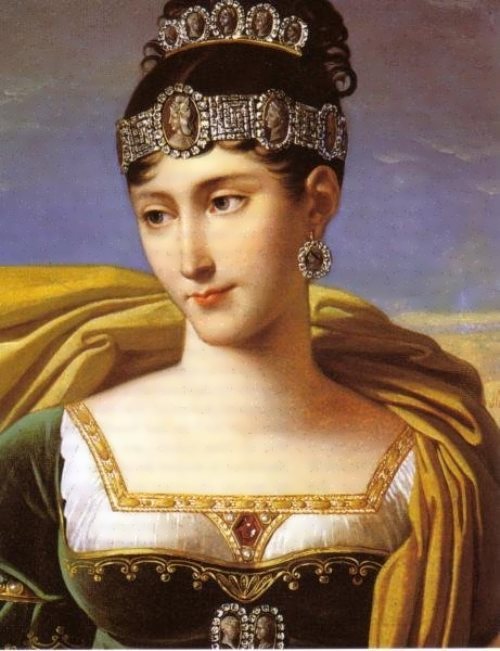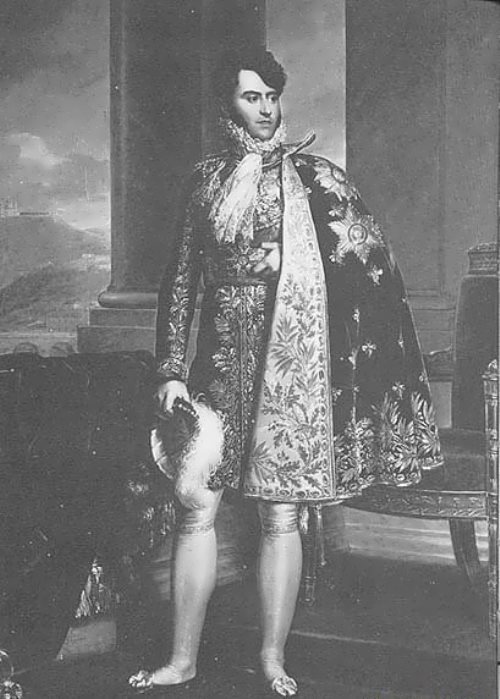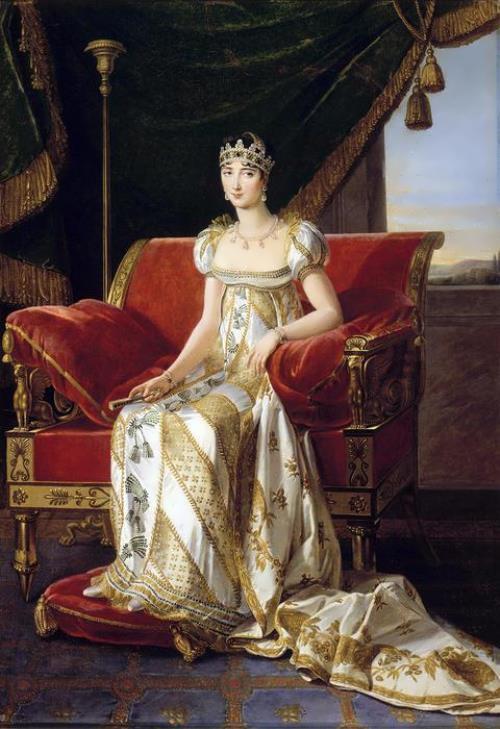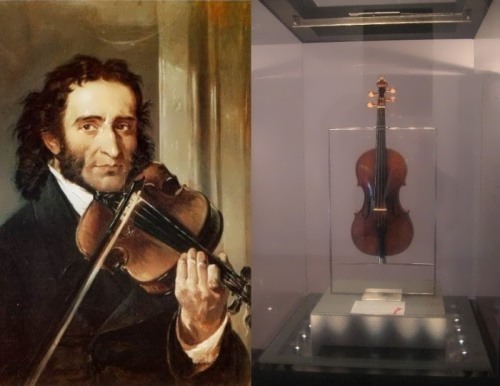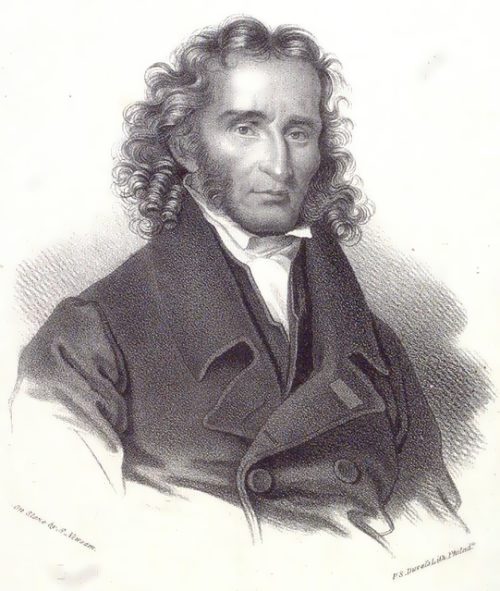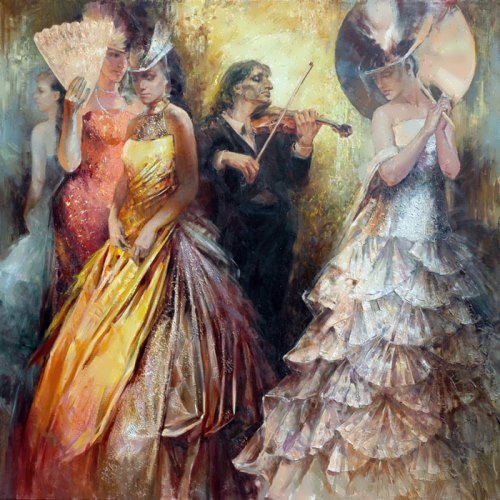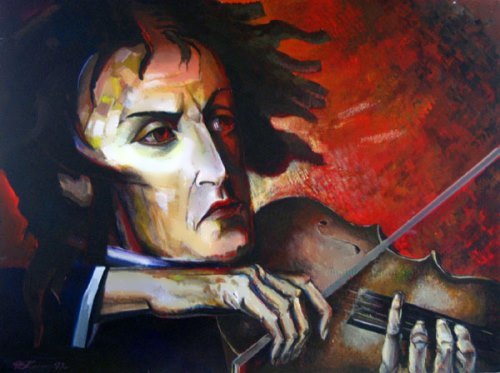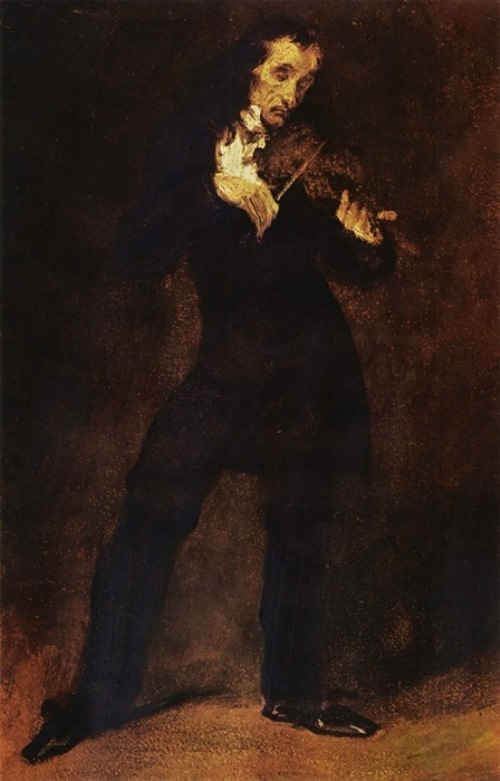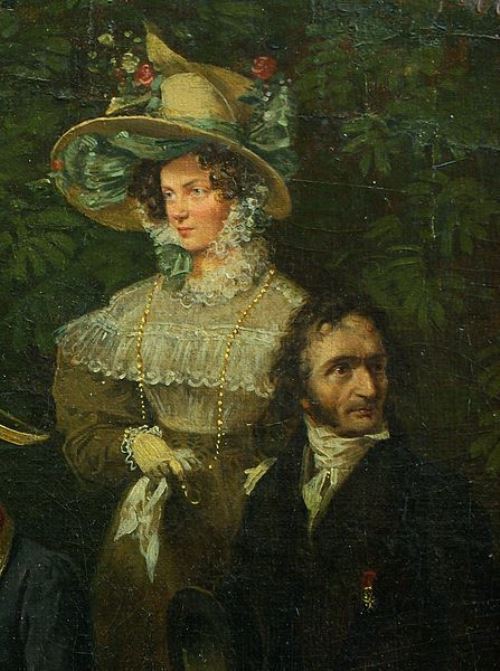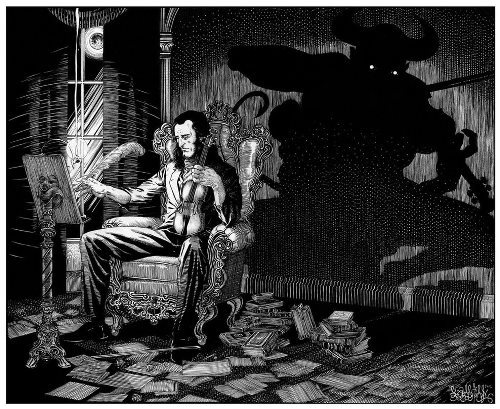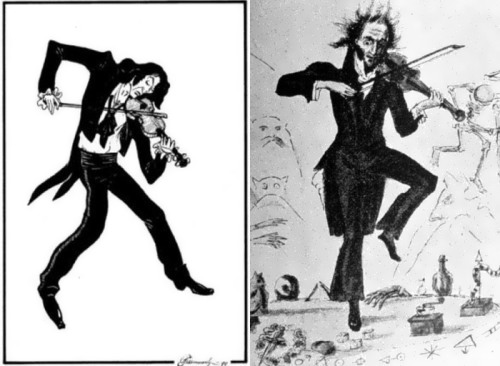Niccolo Paganini – Virtuoso or Devil
He was the first mega superstar. He could do miracles with his violin. Many of his admirers whispered that he was the son of the devil. The secret of his power was simple. He worked hard since early childhood.
Niccolo Paganini was born on October 27, 1782 in Genoa, Italy. His father hoped that his son’s talent would bring the family fame and wealth. So Niccolo had to practise from morning to night.
In 1797, Paganini started his concert tours. He earned enough money to support himself and he decided to leave home at the age of 16. The freedom turned his head. He began to gamble. He even had to pawn his violin to pay off a debt of honor. One day he swore he would never approach a gaming table again. And he kept his promise.
Paganini composed, taught, and gave concerts startling the audiences with his phenomenal technique.
The Italian violinist and composer Niccolo Paganini became something of a legend. He laid the foundation of modern violin technique.
Paganini’s success in Vienna in 1828 led to a cult. Clothes, food, delicacies were named after him; his picture appeared on walking sticks and snuffboxes. Similar triumphs followed in Paris and London.
His performances were astounding. Even when Paganini was playing Mozart and Beethoven, he could not restrain himself from brilliant embellishments.
In 1836, he decided to open a Casino Paganini in Paris. It was a failure and he lost almost all his money.
He died on May 27, 1840 in Nice, France.
Paganini’s best pieces—Violin Concertos No. 1 and No. 2, the Witches’ Dance, and the 24 Caprices—are firmly in the repertoire.
Pauline Borghese and Paganini Love Story
Pauline Borghese meant a lot in the famous musician’s life.
She was the sister of Napoleon Bonaparte. She was a bright, dazzling, passionate woman who won the hearts of the most famous men in Europe.
Pauline was really beautiful. Many were able to appreciate the charm of her body, as the princess did not say ‘no’ to her fans. She had many lovers, maybe too many. So, she was considered the most immoral woman in the country.
She wasn’t interested in music, poetry, history, art. She did not want to hear about education.
Her brother decided to give his sixteen-year-old sister in marriage to young and handsome General Victor Emmanuel Leclerc, who was well-mannered, patient and listened to Napoleon. The marriage seemed to Bonaparte very profitable. A young couple got married in the summer of 1797, and a year later the young wife gave birth to a son, who was destined to live only four years.
Shortly after the birth of a child Napoleon sent General Leclerc to the West Indies together with his wife. When she learned about the departure from Paris – the center of entertainment and luxury, she firmly refused to accompany her husband, but she had to.
They lived in remote French colony in the Caribbean not for a long time. General Leclerc died of a fever. It was so unexpected that the young wife cut her magnificent hair as a sign of mourning and covered her husband’s body with it.
A few days later, she returned to Paris. There she had an army of lovers again. Her brother got angry and found her a new husband. In early November 1803 Pauline married 28-year-old Prince Camillo Borghese. She became one of the richest women in Europe and didn’t want to know any taboos. Her husband offered to live separately. She gladly accepted such a tempting offer. Pauline lived in the palace of Turin, had an impressive monthly allowance and openly invited lovers to her house.
At that time, she met a famous musician Paganini, a magnetic, strange and mysterious person.
Paganini was tall and skinny. His pale, yellow face looked unhealthy. His appearance inspired fear. He had thin, unnatural, spidery fingers that seemed too long. There were people who believed that he sold his soul to the devil and got an amazing musical talent.
He was loved by women. Eliza Bachokki, the singer Antonia Bianchi, who later became his wife, Baroness Helena Dobenek, Englishwoman Carlotta Watson were among his mistresses. But Pauline Borghese, his favorite Paoletti, became his muse, whom great musician dedicated some of his best works.
They met in Turin, and a few days later the maestro became the lover of the princess. But their affair was short-lived. Soon windy princess changed pale and sick violinist to his own friend – the court poet and composer Felice Blangini.
Deceived Paganini returned to Tuscany.
She died of cancer on June 9, 1825. Paganini learned about her death in a few days. Those days were gloomy, full of memories and tears for the great violinist.
Princess Borghese is now remembered as the great Bonaparte’s sister, the only family member who went with him into exile on Elba, who asked the government to allow to live with the former Emperor at St. Helena and who lost most of her savings to Napoleon. The most immoral woman of Europe was brave, courageous and self-sacrificing.
Paganini went down in history as the founder of Romanticism in Italian music, as the creator of magnificent works for violin and guitar, as the inimitable genius violinist.
A love story of a musician and a charming, beautiful woman of his era has remained a mystery.
